We maintain core capabilities in marine surveys, taxonomy, instrumentation, data management and analysis, which is vital to delivering for our clients. We also pride ourselves on maintaining a high level of quality in everything we do, from communication and project management through to data QA/QC and safety. We always strive to add value whenever we can. We value responsibility, independence and commercial acumen in all our people because these qualities drive a better outcome in every area in which we work. We deliver objective, science-based results for our clients through our highly trained team of professional scientists.
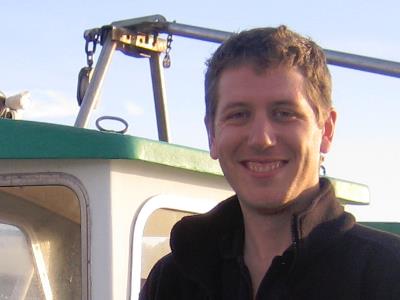
Joe Phelan
President / Project Director
Joe Phelan has a PhD in marine larval ecology from the University of St Andrews, Scotland and has worked as a professional consultant and government policy advisor throughout the Middle East, United Kingdom and USA since completing his studies. His experience includes environmental inputs on a broad variety of engineering projects from reclamation and real estate projects to coastal power and desalination plants, oil and gas facilities and renewable energy developments. Joe has coordinated multi-disciplinary studies to assess the environmental impacts of coastal and terrestrial development projects, provided technical inputs to marine impact assessments, and liaised with developers, regulators and other stakeholders throughout the various stages of a project life cycle. Joe has also worked as a nature conservation policy advisor for the government of the United Kingdom and Wales, guiding the development of national policy statements and advising on strategically significant project approvals in the oil and gas, ports and shipping and coastal power sectors. Joe also acted as the national lead for oil spill response for the Welsh statutory nature conservation agency in the United Kingdom. He is SCUBA certified and has undertaken a variety of marine field work in the USA, UK, Middle East and South East Asia.
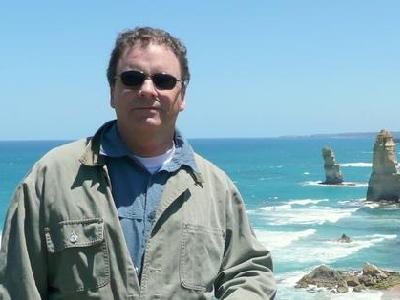
Mr. John Steinbeck
Principal Scientist
Mr. John Steinbeck has an M.S. in Biological Sciences from California Polytechnic State University, San Luis Obispo and has been employed as a professional environmental scientist since 1978. He was the manager of the San Luis Obispo Tenera offices from 1990 until 2022, former President of Tenera, and is the principal investigator and manager for the environmental monitoring conducted at the Diablo Canyon Nuclear Power Plant under contract to Pacific Gas and Electric Company. This program is one of the largest long-term marine environmental monitoring programs conducted in the United States. He has also been involved in studies on the effects of cooling water intake systems at most of the coastal power plants in California and Hawaii. Mr. Steinbeck combines a broad background of involvement in field and laboratory biology with extensive experience in data analysis and data management. He has testified and made presentations in formal agency hearings and workshops on water quality issues, study design, and thermal and ecological modeling. He has authored or co-authored several papers in scientific journals and numerous technical reports including a California Energy Commission report on methods for sampling and analysis of studies on the effects of power plant cooling water intake systems that is used as the guidelines for these studies for California resource agencies.
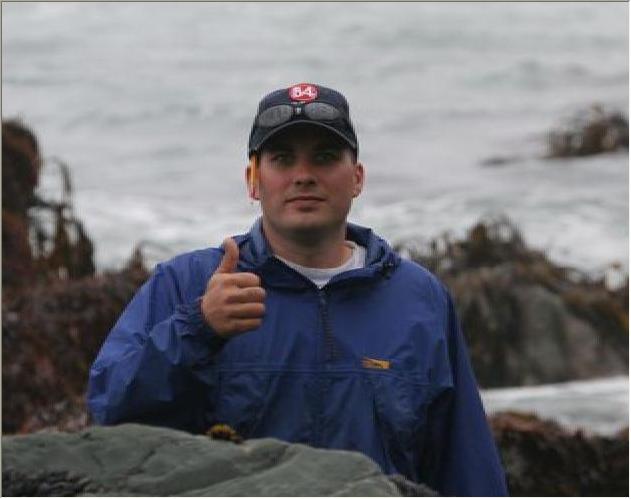
Gery Cox
Director Field Operations / Project Scientist
Gery Cox has worked for Tenera Environmental since 2000, participating in a variety of marine, freshwater, and terrestrial field studies. He has extensive experience in the use of SCUBA for both work and volunteer efforts. He has been a member of the local Sheriff’s Dive team since 2005, utilizing surface supplied air and full-face communications masks in many operations. He is experienced in field identification of marine and freshwater fishes, and marine invertebrates and algae. His field experience includes regular use of SCUBA for marine subtidal surveys, and experience with the installation, maintenance, and operation of a wide array of instrumentation including side scan sonar, acoustic bathymetry sounders, several models of acoustic doppler current profilers, magnetic current meters, CTD profilers, GPS, and fishery hydroacoustic sounders. He has conducted and participated in a variety of surveys for endangered and sensitive species and been involved in construction monitoring projects in both marine and freshwater habitats.
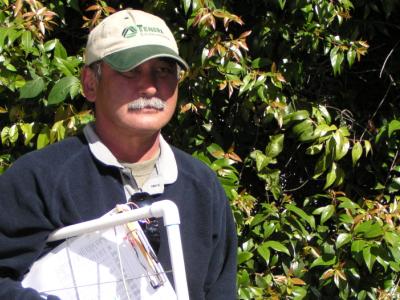
R. Scott Kimura
Project Manager / Project Scientist
Scott Kimura has a Master’s Degree from the Moss Landing Marine Laboratories, where he studied the effects of kelp harvesting on understory algal composition and abundance. He started working for Tenera in 1984 and functions as program manager, principal investigator, scientific diver, intertidal ecologist, algal taxonomist, and report and proposal writer. Projects include eelgrass surveys for waterfront construction permitting, completed for the U.S. Coast Guard, private enterprises, and Harbor Departments in Newport Bay, San Pedro Harbor, and Morro Bay. Mr. Kimura assisted NOAA in completing long-term studies in Alaska examining recovery in intertidal communities affected by the Exxon Valdez oil spill, and he managed the conversion of a large shoreline mapping effort into GIS for NOAA National Marine Sanctuaries and NMFS. Mr. Kimura developed and managed a long-term study tracking the condition of intertidal and subtidal habitats exposed to landslides associated with Highway 1 repairs on the Big Sur coast. He was also principal investigator in assessing the condition of intertidal communities exposed to storm water discharges at the U.S. Air Force Pillar Point Radar Station, a SWRCB study requirement. Mr. Kimura developed and implemented marine mammal mitigation plans for the NMFS, California Coastal Commission, Avila Beach Community Services District, and PG&E for nearshore construction and ocean transport of heavy equipment. He also designed and managed five large programs examining the nature and significance of visitor impacts to rocky shorelines in marine protected areas for the Monterey Bay and Gulf of the Farallones National Marine Sanctuaries, the San Mateo County Environmental Services Division, PG&E, and San Luis Obispo Science and Ecosystem Alliance.
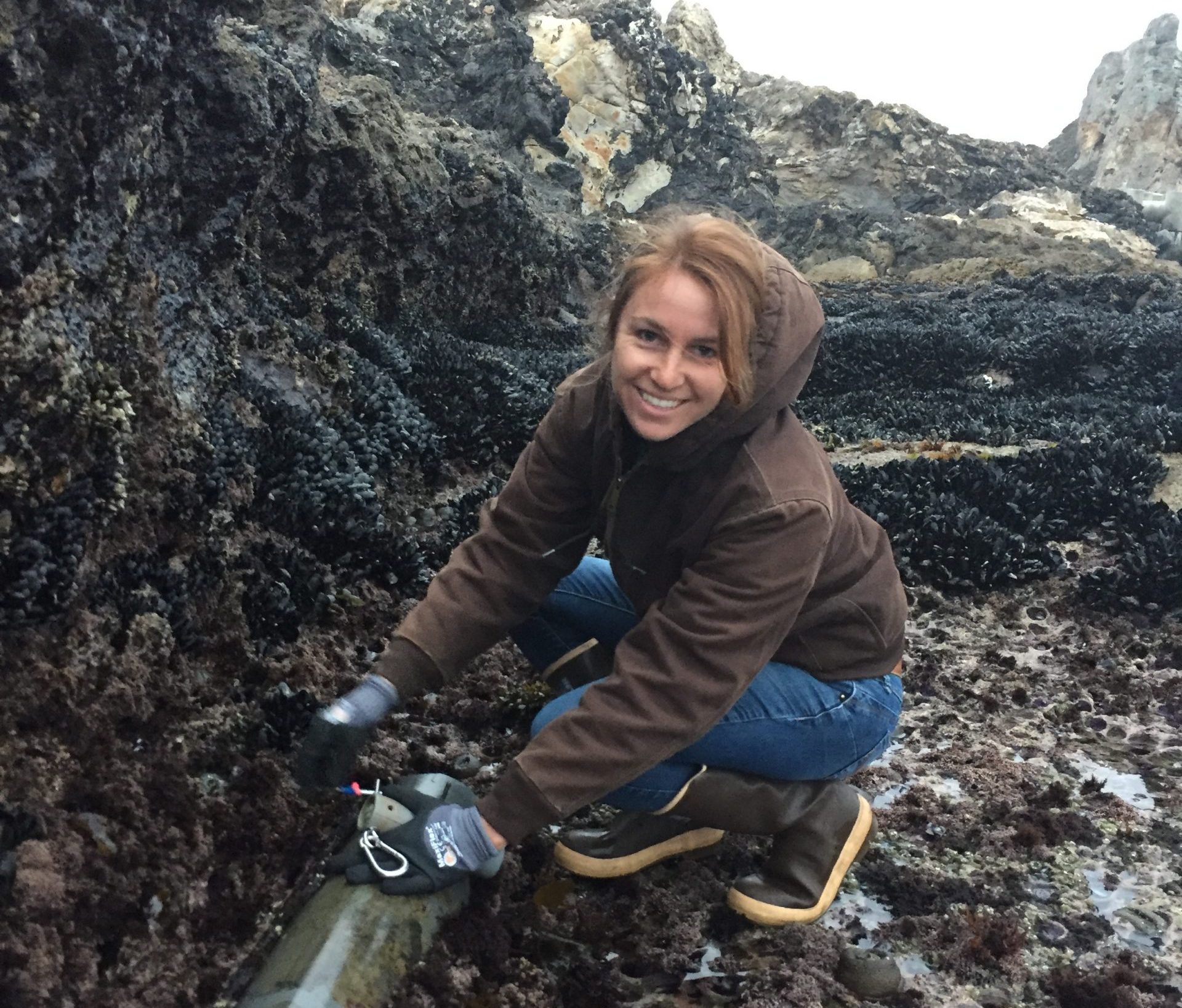
Tessa K. Victor
Project Manager / Project Scientist
Tessa Victor earned her B.S. in Ecology and Evolution from University of California, Santa Cruz. Working with Tenera since 2012, she coordinates scheduling and timelines for sample processing and quality control, maintains lab health and safety, and manages lab supplies and hazardous waste storage and disposal. She is involved in plankton collection, preservation, and sorting for target species, such as: larval fish, eggs, and invertebrates. She also assists in storm water collection, SWPP and QISP compliance, monitoring, and consultation, temperature data retrieval and analysis, Electronic Monitoring equipment installations and maintenance for Archipelago, catch monitoring, scientific diving, boat operations, larval fish photography, data sheet verification, and research report editing. Tessa’s field work also includes: marine mammal observations, seabird surveys, grunion surveys for Port San Luis dredging operations, fish collection, kelp control, and both intertidal and subtidal impact surveys (involving fish, invertebrates, and algae) for Diablo Canyon Power Plant.
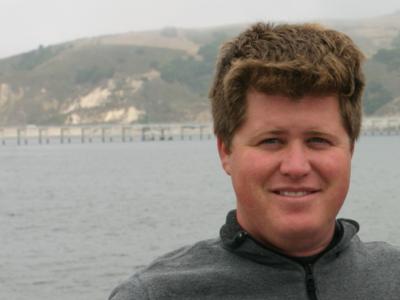
Andrew Harmer
Senior Scientist
Andrew Harmer has been working for Tenera Environmental since 1997, participating in a variety of marine, freshwater, and terrestrial field studies. He is experienced in field identification of marine and freshwater fishes, and marine invertebrates and algae. His field experience includes regular use of SCUBA for marine subtidal surveys, and experience with the installation, maintenance, and operation of a wide array of instrumentation. He has conducted and participated in a variety of surveys for endangered species and species of special concern and has been involved in construction monitoring projects in both marine and freshwater habitats. Andrew has trained expertise in ichthyoplankton taxonomy and can identify fish eggs and larvae as well as various invertebrate larval stages from all over California.
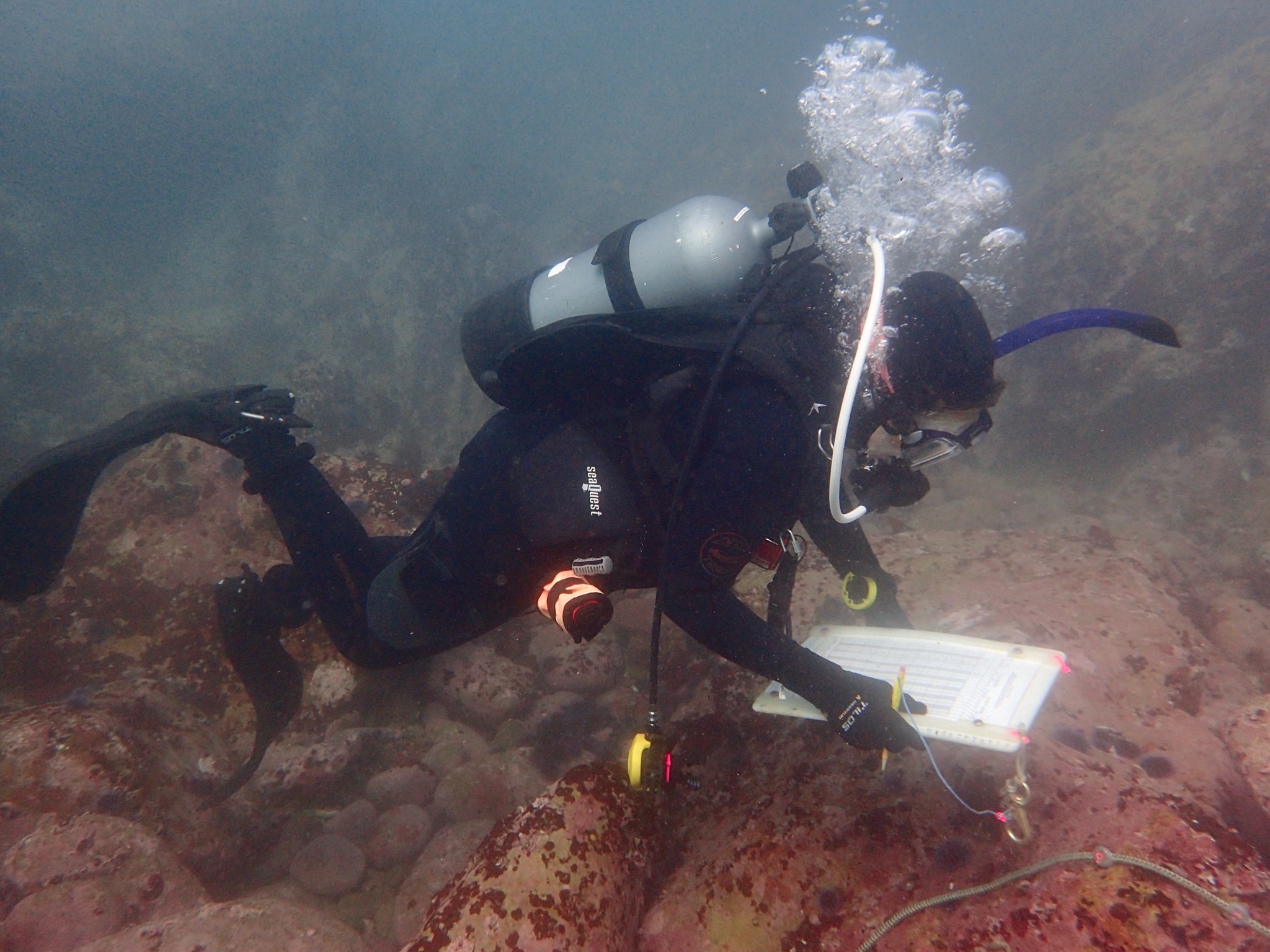
Kim Whiteside
Senior Scientist
Kim Whiteside has been working with Tenera Environmental since December 2014. She earned a B.S. in Biology with a Marine Biology emphasis from California State University at Northridge in 2000. Kim has extensive experience with intertidal and subtidal environments of southern and central California and serves as our resident phycologist, managing our intertidal survey work at Diablo Canyon Power Plant. In 2017, Kim became the Tenera Diving Safety Officer (DSO); her duties include keeping accurate records for all company divers, developing safe diving procedures, reviewing dive plan proposals, training new divers, and ensuring the safe conduct of dive operations. Kim is also trained in the use of ESRI’s ArcMap desktop and ArcMap Pro. She has assisted with data acquisition, digitization, map production, data management, and spatial analysis for various projects, including bathymetric studies. If not at Tenera, you might find her with the San Luis Obispo Sheriff’s Search and Recovery Dive Team or volunteering at the USC Catalina Hyperbaric Chamber.
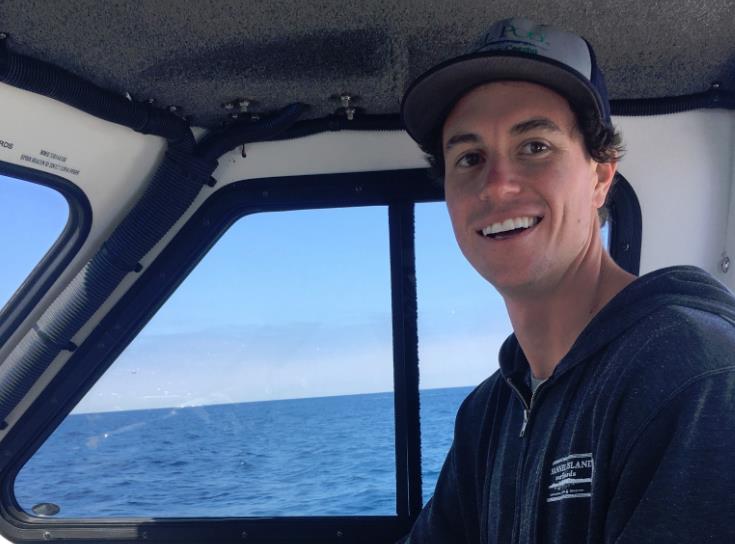
Parker Kalan
Senior Scientist
Parker Kalan earned his M.S. in Biological Sciences from California Polytechnic University where he focused on fisheries and ecology and published research on the role of Pacific lamprey (Entosphenus tridentatus) in water quality. He joined Tenera 2015 and since has been a dynamic part of the team taking on additional leadership and responsibility as his experience grows. Parker assists with work out at Diablo including: intertidal and subtidal sampling, diver operations and boat operations. Additionally he has been part of the core staff collecting plankton samples, sediment samples, and running offshore operations. He has worked extensively managing deployment and maintenance of marine environmental instrumentation such as Seabird and HOBO devices. In addition to marine studies, Parker is committed to restoring and protecting anadromous watersheds. In his free time Parker enjoys backpacking, surfing, and fishing.
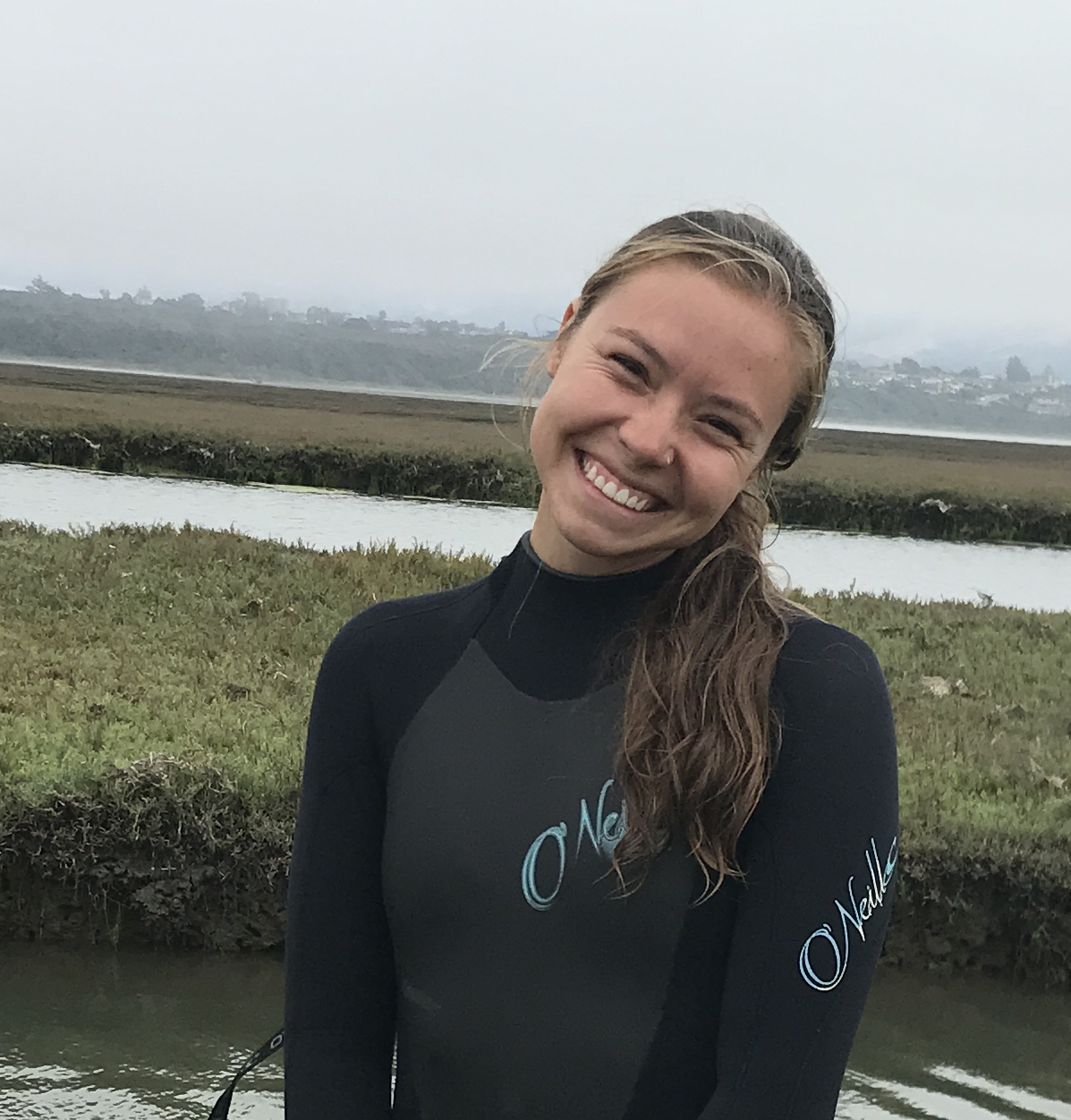
Hailey Lynn
Senior Scientist
Hailey earned her B.S. in Marine Sciences at California Polytechnic State University. For her senior thesis, she built a flow-through tank system and conducted a series of laboratory experiments to quantify the effects of crabs on eelgrass. She is an AAUS certified scientific diver and assisted with multiple graduate student thesis projects, including two cage exclusion experiments exploring urchin and kelp forest interactions in Monterey Bay and top-down effects of sea otters on the fouling community in Morro Bay. She joined Tenera in 2018 and has since assisted with eelgrass transplanting and monitoring in Morro Bay, boat operation and surface support for subtidal surveys at Diablo Canyon Power Plant (DCPP), intertidal and subtidal fish and invertebrate surveys at DCPP, grunion surveys for dredging operations, water sampling for offshore pipeline construction, and monitoring of marine mammals for near shore construction projects. In addition, she is a certified Pacific State Marine Fisheries Commission (PSMFC) catch monitor.
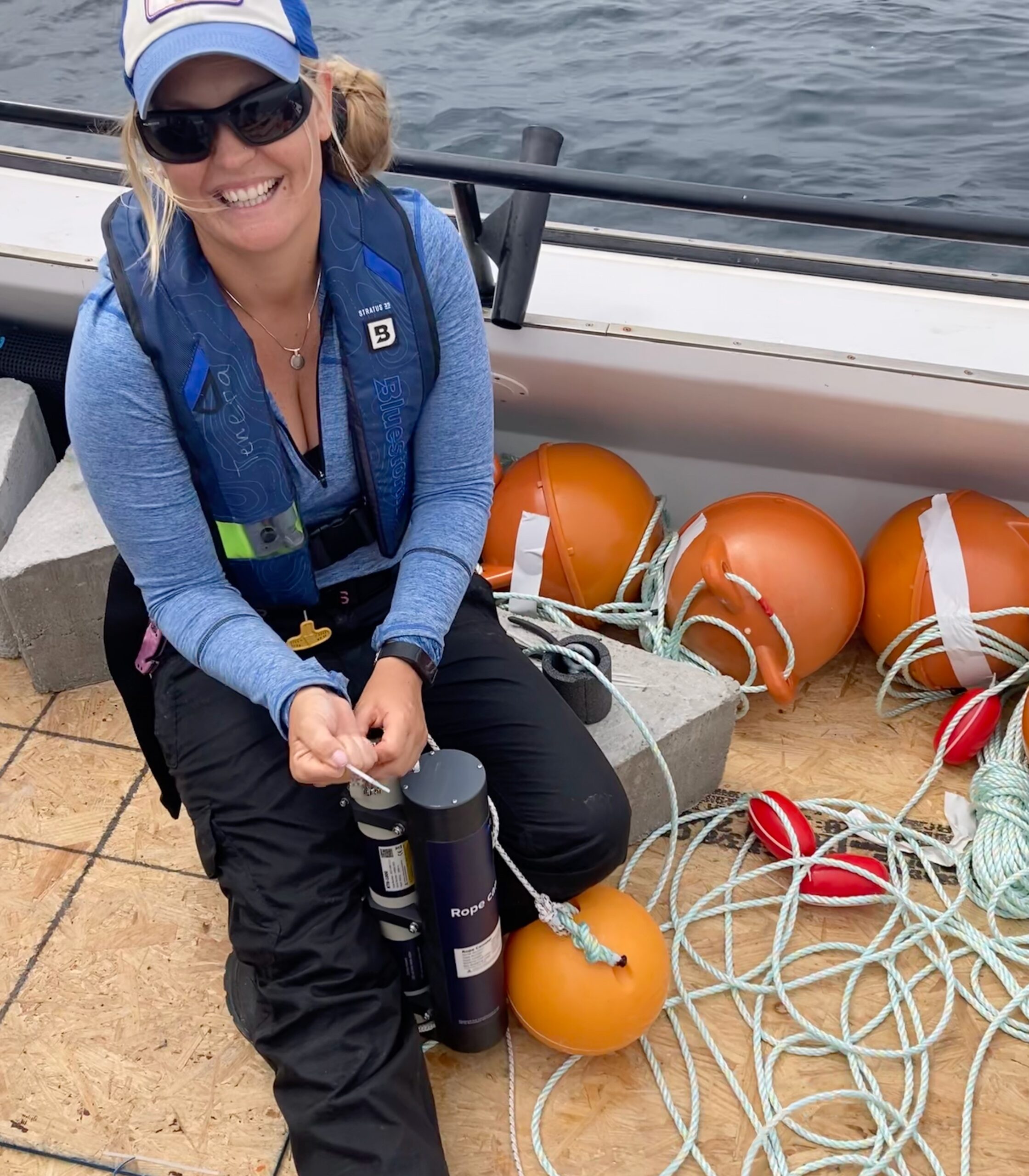
Kaitlin Johnson
Senior Scientist
Kaitlin earned her B.S. in Marine Biology at the University of North Carolina at Wilmington in 2010 and her M.S in Biological Sciences from California Polytechnic State University in 2016. She comes to us with a plethora of both field and lab experience after having worked for the National Marine Fisheries Service, National Parks Service, and the International Pacific Halibut Commission. She started with Tenera part-time in 2022 and as an AAUS certified scientific diver she quickly became integrated into both our intertidal and subtidal surveys at DCPP. She joined us full-time in 2023 and just recently wrapped up coordinating a project that required the use of acoustic release transponders to retrieve mussels that were deployed as bioindicators of shell mound leaching. Kaitlin also helps Tenera with boat operations, marine mammal observations, plankton sorting, and kelp control. In her free time, you can find her either teaching marine science at the local community college or helping teach Cal Poly’s AAUS Scientific Diving certification course.
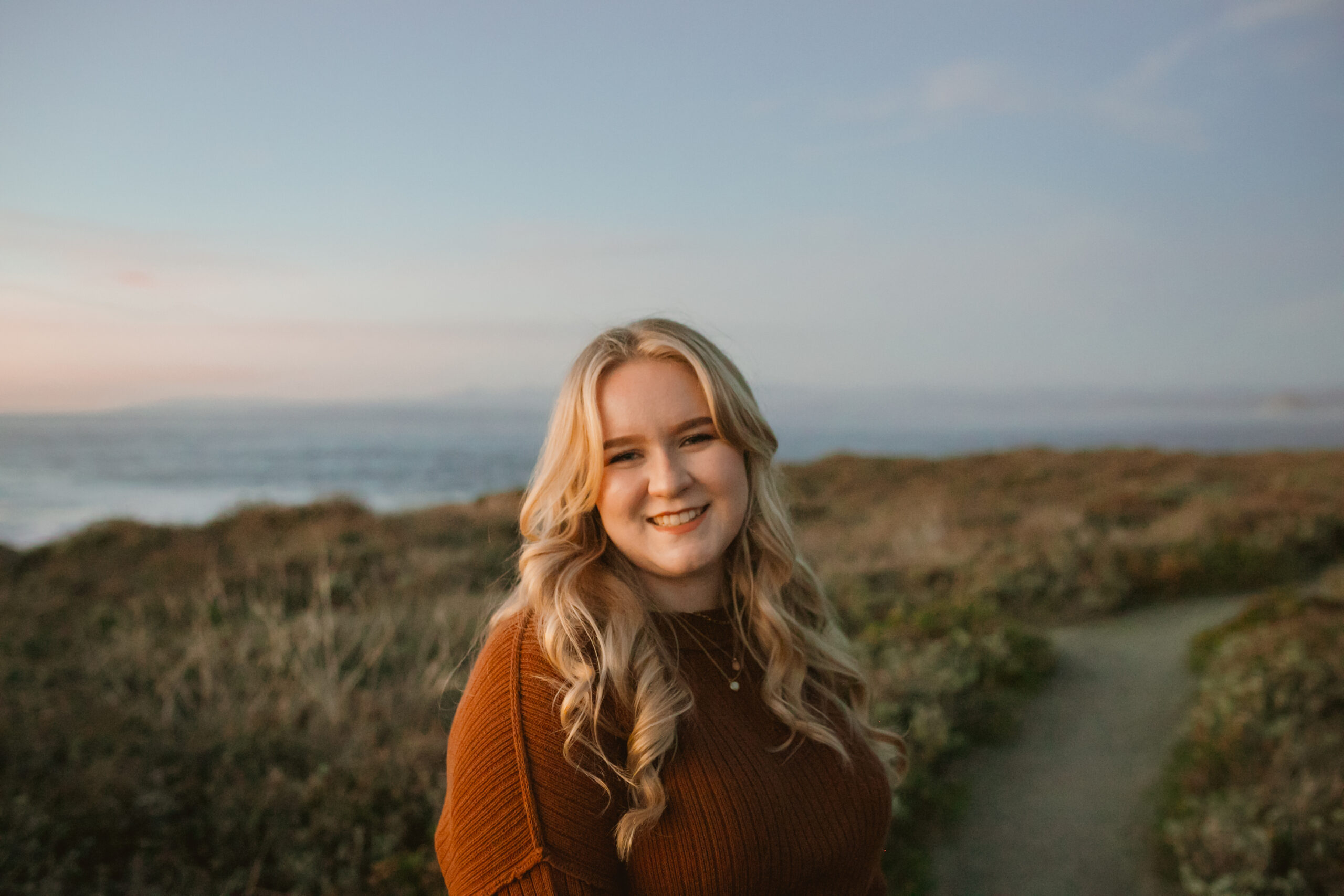
Emily Hupe
Senior Research Assistant
Emily joined the Tenera team in January of 2022, as a part-time research assistant, while working on her undergraduate degree at California Polytechnic State University. Her undergraduate research and senior thesis focused on the characterization of phytoplankton populations on the Central Coast of California using the novel method of epifluorescent microscopy for analysis. She graduated from Cal Poly San Luis Obispo in December of 2022 with a B.S. in Marine Sciences and then joined Tenera full time in 2023. Emily helps keep our zooplankton lab running smoothly by transferring and sorting plankton samples, photographing and measuring target species, and training new sorters. She also assists in intertidal and marine mammal surveys, plankton sample collection, and surface support for subtidal diving operations. Additionally, Emily performs data review for a variety of projects including ongoing studies at Diablo Canyon Power Plant. In her free time, Emily enjoys photography, painting, and diving.
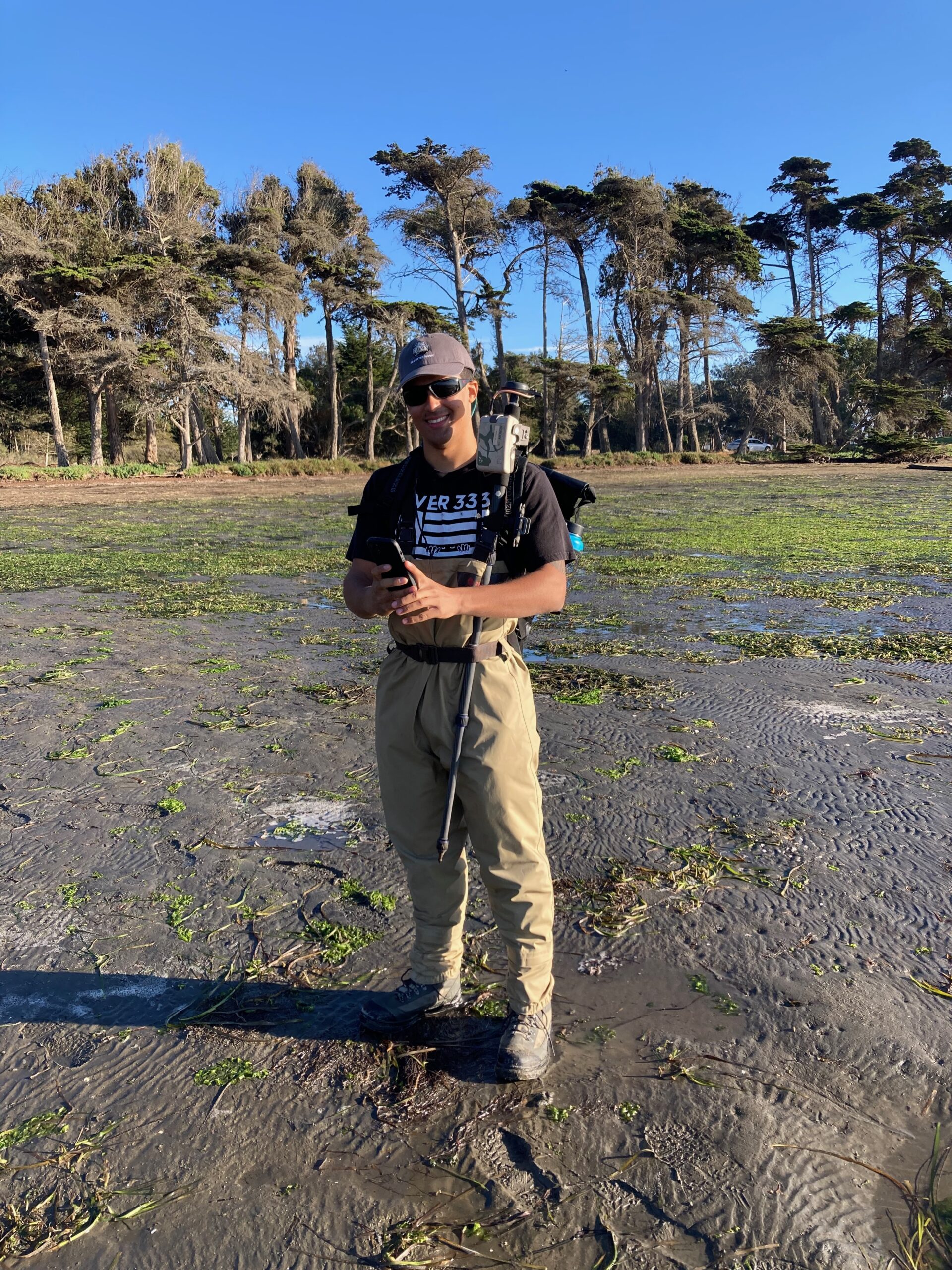
Jake Roth
Senior Research Assistant
Jake studied marine science at Cal Poly and graduated with his B.S. in 2023. During his undergrad, he completed extensive fieldwork with Mirounga angustirostris, creating and executing a behavioral study examining male-male aggression at the Piedras Blancas Rookery. For his senior thesis, he developed a procedure for ultraviolet photography of the Cuban endemic fish species, Girardinus metallicus. He started working with Tenera in 2023. At Tenera, he has proven to be an asset in the field. Through his work at Diablo Canyon Power Plant, he has gained experience with intertidal invertebrate and algae identification, boat operation, and endangered species surveys. During his work on other projects, he has experience collecting, sorting, and identifying zooplankton in addition to participating in monthly Enhydra lutris nereis surveys. He is interested in expanding Tenera’s drone program and being a part of local ecosystem restoration.
Associate Scientists
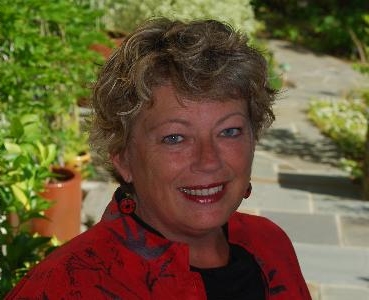
Carol J. Raifsnider
Associate Scientist
Carol Raifsnider has participated in biological studies since 1975. She has directed the field and laboratory efforts of several studies concerning entrainment and impingement effects of cooling water intake systems on the fish and invertebrate populations of San Francisco Bay, Sacramento-San Joaquin Delta, Morro Bay Estuary, Monterey Bay, and Elkhorn Slough. She led the field efforts of several latent effects studies on organisms subjected to cooling water intake structures. Ms. Raifsnider has compiled biological and physical data for proposed water intake structures and design modifications to existing structures. She has prepared Biological Assessments for NMFS and USFWS as well as Incidental Take Permit Applications for CDFW. She directed a fish monitoring program designed to evaluate the effectiveness of fine-mesh screens at various intake locations for a large municipal water district. Ms. Raifsnider was project manager for an entrainment impact assessment project for a pilot desalination facility located in Central San Francisco Bay. She has collected and identified benthic organisms, including molluscs, polychaetes, and amphipods as part of a monitoring program for several dischargers located on San Francisco Bay. In addition, she has participated in Clean Water Act Section 316(b) technical working groups comprised of staffs of Regional Water Quality Control Boards, the California Energy Commission, CDFW, USFWS, NMFS, Coastal Commission, and Army Corps of Engineers.
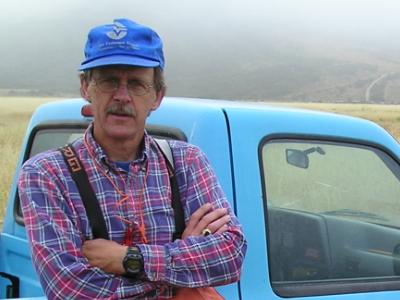
Chris P. Ehrler
Associate Scientist
Chris Ehrler has worked as an environmental consultant since 1976, conducting a variety of ecological studies on algae, invertebrates, and fishes in the intertidal and subtidal zones of marine, estuarine, fresh water, and terrestrial habitats. The majority of his work experience relates to the impacts caused by thermal discharges and the operation of power plant cooling water intake systems in California, Hawaii and Guam. He has also assisted in a wide variety of other biological field studies including intertidal and subtidal data collection in Alaska. He has been involved with all aspects of study design, field sampling, instrument deployment, laboratory processing, data interpretation, and reporting. Since 1990, he has worked with the taxonomy of larval fishes all along the California coast and in the waters off the islands of Oahu and Kauai. He has worked extensively with larval rockfish (Sebastes) identification, including a study using DNA analysis to confirm larval rockfish identity to the species level and larval age determination using otolith growth rings. As Project Manager, he has managed a large number of personnel and worked directly with a variety of federal, state, and local agencies, and public interest groups. Mr. Ehrler has also worked since 2004 with storm water permitting issues, assisting several permittees with their compliance with the General Stormwater Permits. He holds a certificate as a Qualified Industrial Storm Water Practitioner (QISP) and is experienced in conducting Environmental Site Assessments. He is a member of the SLO County Partners for Water Quality and the California Stormwater Quality Association’s (CASQA) Industrial permit subcommittee and the MS4 Non-Traditional Work Group. Through these experiences, he has developed an understanding of regulatory processes, compliance issues, and agency protocols.
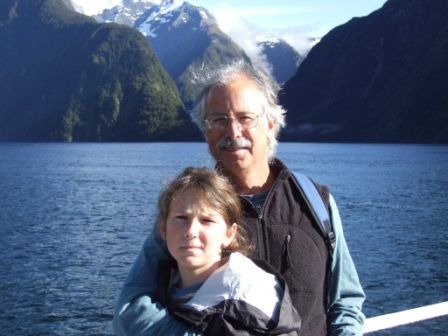
Dr. John B. Hedgepeth
Associate Scientist
John Hedgepeth, Ph.D., received a PhD in Fisheries from the University of Washington in 1994. While at UW he also completed graduate work in Civil Engineering. He obtained his B.S. degree in Environmental Studies at the University of California in 1978 and an M.S. in Natural Resources at Humboldt State University in 1983. Dr. Hedgepeth has international experience on a wide array of fishery and acoustic studies. At BioSonics in Seattle he developed acoustical tracking systems for estimating fish entrainment at hydroelectric projects. He joined Tenera Environmental in 1998, assisting in statistical and fish population dynamics analyses and contributed his expertise in both fisheries population and acoustical analyses. Recent projects include studies of fish movement using acoustics, habitat mapping including currents, bathymetry, and temperatures in the ocean, estuaries and rivers. He has used tracking sonars and ADCP current meters for assessing juvenile salmon behavior in the approaches to dam bypass structures on the Snake and Columbia Rivers. Dr. Hedgepeth has designed acoustical systems for measuring fish passage and for robotically controlling bypass gates at hydroelectric dams and his recent work also includes habitat characterization using side scan sonar and video. Recent work includes mapping source water potentially entrained at coastal and offshore intakes using high frequency radar, CODAR.
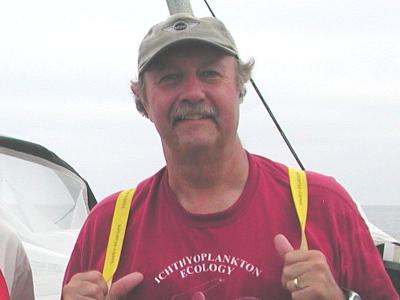
Fredric L. Steinert
Associate Scientist
Fred Steinert has more than 30 years of experience in the environmental field as a Marine Biologist and Biofouling Control Specialist. His responsibilities have included the development, implementation and management of programs for the control of macrofouling and microfouling organisms at several power production facilities, including PG&E’s Diablo Canyon Power Plant and Duke Energy’s Moss Landing Power Plant. He is recognized as an expert in this field. Mr. Steinert has also conducted laboratory research on the physiological and ecological responses of marine organisms to power plant influences. He has extensive field experience as an ichthyologist and ecologist. His qualifications include a thorough knowledge of power plant and seawater system design and operation, and comprehensive experience in dealing with the federal, state and local agencies and the regulations that govern a facility’s interaction with the environment.
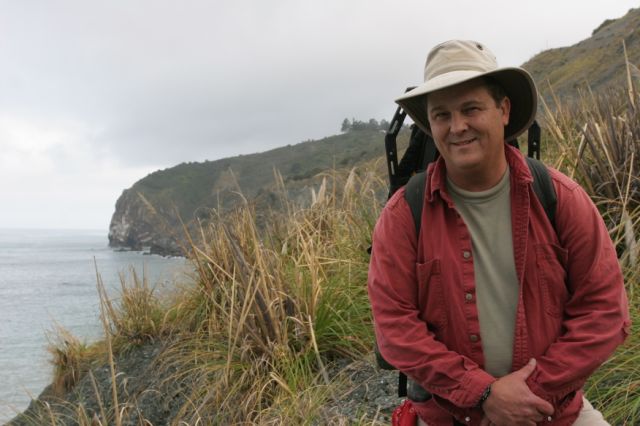
Jim Strampe
Associate Scientist
Jim Strampe has worked for TENERA Environmental since 1996 assisting in projects involving GPS data collection, GIS mapping, intertidal data collection, ichthyoplankton collection and processing, endangered species monitoring, and computer administrative (IT) support. He is familiar with GIS applications, including ESRI’s ArcPad 7.1, ArcView 3.2 and ArcGIS 10.3. Mr. Strampe has used GPS/GIS extensively for collection and analysis of shoreline and upland riparian habitat delineation, aerial photograph habitat analysis, bathymetric data, calculating near-shore changes in sand deposition (area and volume), plotting sidescan sonar mapping projects, subaquatic eelgrass mapping, and various monitoring surveys. Recent projects include conversion of the statewide Minerals Management Service “Coastal Marine Habitat: Oil Residence and Biological Sensitivity Indices” maps into a GIS for the Monterey Bay Sanctuary Foundation, Diablo Canyon North Ranch Sensitive Area project where coastal resource maps were created in GIS to aid in routing a new coastal access trail to avoid impacts to the more sensitive resources and habitats, and a coastal resource mapping project for California State Parks in San Luis Obispo County. This last project consisted of developing maps in GIS depicting the locations and spatial extent of sensitive habitats and resources. Mr. Strampe is a former San Luis Obispo County Sheriff Dive Search and Recovery Dive Team member whose duties included search and recovery diving, GPS/GIS field operations site analysis, sidescan sonar operations, and evidence mapping.

(CA DGS Certified Small Business #34521)
141 Suburban Rd, Ste A2, San Luis Obispo, CA. 805.541.0310
© 2018, Tenera Environmental. All rights reserved.

CA DGS Certified Small Business #34521
141 Suburban Rd, Ste A2, San Luis Obispo, CA 93401. (805) 541 0310
© 2018, Tenera Environmental. All rights reserved.
